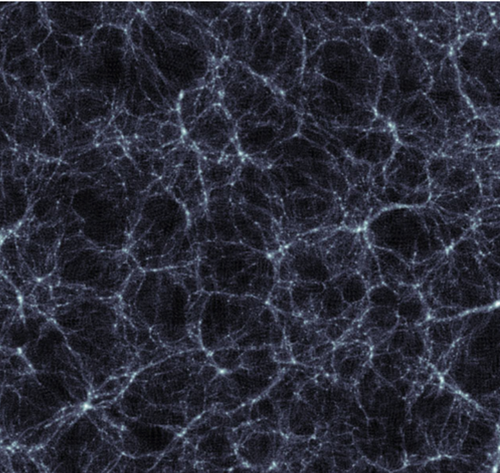
We study the dynamics of the Universe and its main components ( dark energy, dark and baryonic matter, radiation and neutrinos ) both exploring the standard ΛCDM cosmological model, and its main alternatives e.g. dynamical quintessence, coupled dark energy, and axion dark matter). With analytical and numerical techniques , we model the data from surveys of extragalactic sources and discriminate between different cosmological scenarios. We use several observable quantities, such as galaxy clustering, exploiting in particular the signal in baryonic acoustic oscillations and redshift space distorsions, the abundance and clustering of galaxy clusters, weak and strong gravitational lenses, cosmic voids , and cosmic chronometers. We deploy cosmological observations to test alternative theories of gravity to general relativity. We are active contributors to ESA's Euclid mission, which aims to answer fundamental questions in cosmology, and to the GRAWITA and ENGRAVE projects, to study the electromagnetic counterparts of gravitational waves. We study the evolution of galaxies with hydrodynamic simulations and multi-wavelength surveys (GMASS, COSMOS, Herschel, VIPERS, VUDS, VANDELS, XXL, ALMA-ALPINE, WEAVE-StePS and ESA-JAXA SPICA ), to improve theoretical models and better understand the physical processes that lead to the formation and evolution of different types of galaxies, tracing their evolution through the properties of their stellar populations.
